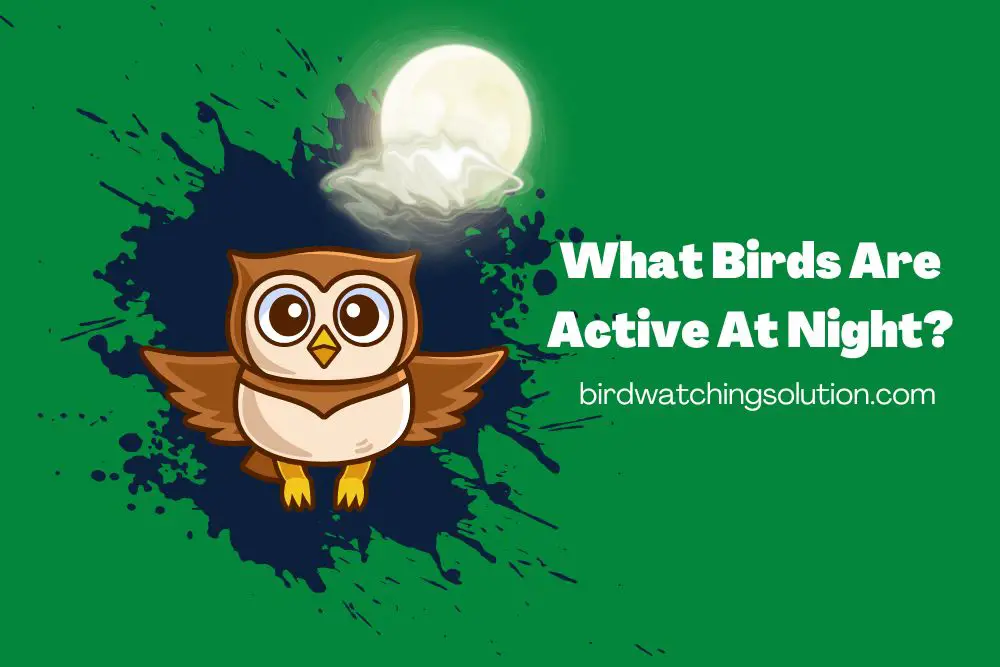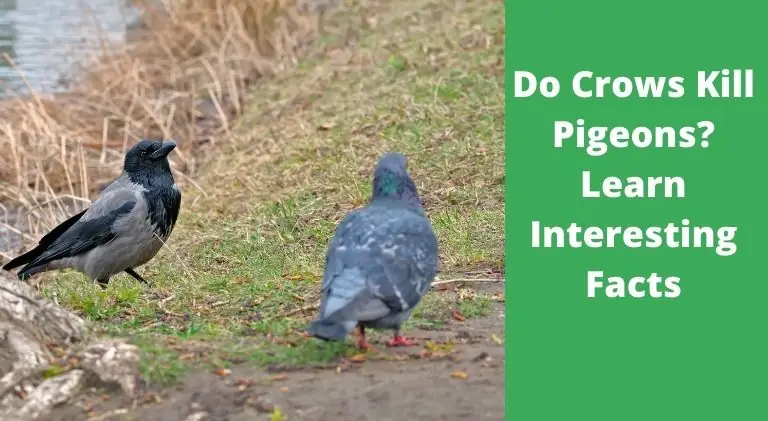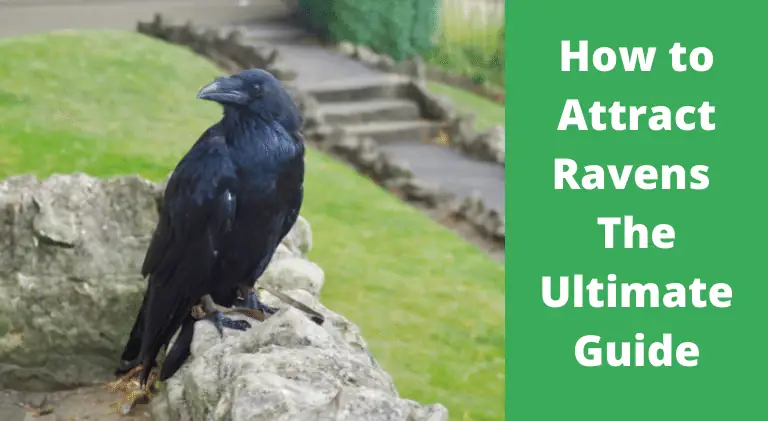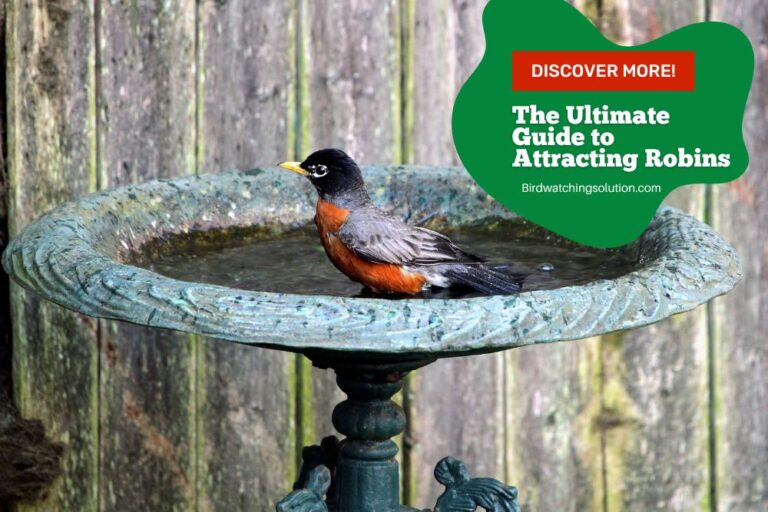What Birds Are Active At Night? – 13 Nocturnal Birds
Do you ever wonder what birds are up to when the sun goes down? While most birds are diurnal, meaning they are active during the day, some fascinating species thrive under cover of darkness.
These nocturnal birds have adapted unique behaviors and features to navigate their world at night, and their songs and calls can add a mysterious and captivating soundtrack to the night sky.
So what birds are active at night?
A few night birds to look out for are owls, nightjars, and Kiwis. These birds are mostly active at night times where they hunt during the night time. During the day, these birds try to hide themselves in the burrows of trees or bushes.
From the iconic hoot of an owl to the enchanting melody of a nightingale, nocturnal birds have captured the human imagination for centuries. But what makes these birds tick? What drives them to sing, hunt, and nest under the cover of darkness?
In this article, we’ll explore the different types of birds that are active at night, their behaviors and adaptations, and what makes them such a vital part of our ecosystem.
Whether you’re an avid birdwatcher or simply curious about the natural world, read on to discover the secrets of nocturnal birds and the magic of the night sky.

What Birds are Active at Night?
When most people think of birds, they imagine them soaring through the sky in broad daylight, their plumage shining in the sun. However, not all birds are early risers, and some of the most fascinating avian species prefer to come out after the sun goes down.
These nocturnal birds have evolved unique features and behaviors that allow them to thrive in the darkness, from keen night vision to hauntingly beautiful songs.
So, What Birds Fly Around At Night?
Here are some of the most notable species:
1. Owls
Owls are probably the most famous of all nocturnal birds. With their distinctive hoots and eerie calls, they have a reputation for being mysterious and wise. These birds have special adaptations that make them excellent night hunters.
Their large, forward-facing eyes have a high concentration of light-sensitive cells, which enable them to see in low light conditions. Owls have a silent flight that makes them difficult to detect while hunting prey, and their strong talons and sharp beaks help them catch and kill their prey.
Interestingly, owls are also known for their unique ability to rotate their necks up to 270 degrees in either direction!
2. Tawny Frogmouth
Tawny Frogmouths are native to Australia, and they are often mistaken for owls due to their similar appearance. However, these birds are actually more closely related to nightjars.
They have a broad, flattened beak that they use to catch insects and small mammals, and their feathers are patterned in a way that helps them blend into their surroundings during the day.
Tawny Frogmouths are also known for their distinctive call, which sounds like a deep, resonant “oom-oom-oom.”
3. Common Nighthawk
The Common Nighthawk is a medium-sized bird found across North and South America. These birds are active during dusk and dawn and are well-known for their unique flight pattern, which involves diving and swooping through the air while catching insects on the wing.
Common Nighthawks have a distinctive call, which is often described as a nasal “peent.” Interestingly, these birds are also known for their ability to camouflage themselves during the day by blending into the ground.
4. Black-crowned Night-heron
Black-crowned Night-herons are found throughout much of the world and are known for their distinctive black cap and long, pointed beak.
These birds are active at night and feed on prey, including fish, insects, and small mammals.
Black-crowned Night-herons are also known for their unique nesting habits, as they often build their nests in trees near bodies of water.
5. Common Nightingale
The Common Nightingale is a small, unassuming bird that is known for its beautiful, melodic song. These birds are found across much of Europe and Asia and are often heard singing during the night.
They have a distinctive brown plumage and a small, pointed beak that they use to catch insects. Interestingly, the male Nightingale is known for its unique singing style, which involves improvising and creating new melodies on the spot.
6. Nightjar
The nightjar is a nocturnal bird well-known for its unique appearance and behavior.
They have a cryptic plumage that provides excellent camouflage during the day, but at night, their large eyes and wide gape make them excellent night-time hunters.
Nightjars are found all over the world, and there are over 80 species of this bird.
Nightjars are also known for their unusual breeding behavior. Unlike most birds, they do not build a nest, but lay their eggs directly on the ground.
They are also able to delay the hatching of their eggs until conditions are optimal, ensuring their young have the best chance of survival.
7. Stone Curlew
The Stone Curlew is a bird that is known for its distinctive calls that can often be heard at night. They are found in a wide variety of habitats, from grasslands to moors and heaths.
Stone Curlews are known for their unique hunting style, which involves standing perfectly still and waiting for prey to come to them. They primarily eat insects and small animals but will also consume seeds and fruits.
8. Yellow-breasted Chat
The Yellow-breasted Chat is a bird found in North and Central America. They are known for their loud, distinctive songs that can often be heard at night.
Yellow-breasted Chats are also known for their unique behavior, which includes mimicking the calls of other birds and making a variety of other vocalizations.
9. Kiwi Bird
The Kiwi Bird is a flightless bird that is native to New Zealand. They are known for their unique appearance and behavior, including their long, pointed beaks and their ability to lay eggs that are almost as large as their own bodies. Kiwis are also nocturnal birds, spending their days hiding in burrows or thick vegetation and emerging at night to forage for food.
10. European Robin
The European Robin is a small bird that is found throughout Europe. They are known for their distinctive red breast and their melodic song. European Robins are also nocturnal birds, and can often be heard singing at night. They primarily eat insects and worms but will also consume seeds and fruits.
11. Virginia Rail
The Virginia Rail is a small bird that is found throughout North America. They are known for their distinctive calls, often heard at night. Virginia Rails are also nocturnal birds, spending their days hiding in dense vegetation and emerging at night to forage for food.
12. Hermit Thrush
The Hermit Thrush is a small bird that is found throughout North America. They are known for their beautiful songs, which can often be heard at night. Hermit Thrushes are also nocturnal birds, spending their days foraging for food in dense underbrush and emerging at night to sing and mate.
13. American Robin
The American Robin is a bird that is found throughout North America. They are known for their distinctive red breast and their melodic song. American Robins are also nocturnal birds and can often be heard singing at night. They primarily eat insects and worms, but will also consume seeds and fruits.
These nocturnal birds have unique behaviors and adaptations that allow them to thrive in the dark. Whether it’s the owl’s silent flight or the nightjar’s cryptic plumage, each of these birds has a special role to play in the nighttime ecosystem.
What Are The Characteristics Of Nocturnal Birds?
Nocturnal birds, also known as night birds, have adapted unique characteristics to survive and thrive in the darkness. Here are some of the main characteristics of nocturnal birds:
Large Eyes: Nocturnal birds have larger eyes in proportion to their head size than diurnal birds. Their eyes are also adapted to low light levels, allowing them to see clearly in the darkness.
Good Night Vision: In addition to large eyes, nocturnal birds have excellent night vision. They have more rod cells in their eyes, which are specialized cells that help detect light and movement.
Keen Hearing: Many nocturnal birds rely on their sense of hearing to navigate and hunt in the dark. Their ears are adapted to pick up sounds at low frequencies and from far distances.
Silent Flight: Many nocturnal birds have special adaptations that allow them to fly silently through the air, such as soft feathers and special wing shapes.
Camouflage: Nocturnal birds often have cryptic plumage that helps them blend in with their surroundings, making them difficult for predators to spot.
Nocturnal Habits: As their name suggests, nocturnal birds are active at night and typically rest during the day. This allows them to avoid the heat and competition for resources during daylight hours.
Overall, nocturnal birds have evolved unique adaptations to help them thrive in the darkness, making them fascinating creatures to study and observe.
What Bird Flies At Night And Makes Noises?
The bird that flies at night and makes noises is called the Nightjar. This nocturnal bird is known for its distinctive calls that sound like a repetitive “chur” or “peent” noise.
The Nightjar is also commonly known as the “goatsucker” due to a myth that it would suck milk from goats, but in reality, the bird feeds on insects, mainly moths and beetles.
Nightjars are found on every continent except for Antarctica, and there are over 80 species of this bird. They have a unique appearance with a flat, wide head, large eyes, and a small bill. Their plumage is typically brown or gray with intricate patterns that help camouflage them during the day.
While the Nightjar is most active at dusk and dawn, they are also known to fly and make noise throughout the night. Their calls are often heard in the summer months when the males are trying to attract females during the breeding season.
Overall, the Nightjar is a fascinating and mysterious bird that adds to the unique soundscape of the nighttime environment.
What Small Birds are Active At Night?
While most small birds are diurnal, there are a few species that are active at night. These small birds have adapted to life in the dark and have developed unique features that help them navigate and survive in low light conditions.
European Robin – The European Robin is a small songbird that is active during the day but is known to sing at night during breeding season. Their melodious songs can be heard in urban areas at night, making them a popular bird among birdwatchers.
Common Nightingale – The Common Nightingale is a small, secretive bird that is known for its beautiful and complex songs. They are migratory birds and are active at night during their breeding season. Their songs are heard throughout the night in wooded areas.
Eastern Whip-poor-will – The Eastern Whip-poor-will is a small nocturnal bird that is found in North America. They are known for their distinctive call, which sounds like “whip-poor-will” and can be heard at night in wooded areas.
Gray Catbird – The Gray Catbird is a small, migratory bird that is active during the day but is also known to sing at night. They are found in wooded areas and their songs can be heard throughout the night.
Black-crowned Night Heron – The Black-crowned Night Heron is a small wading bird that is active at night. They feed on small fish and insects and can be found in wetland areas throughout the world.
While these small birds are active at night, they are often difficult to see due to their small size and elusive nature. However, listening to their songs and calls can be a great way to identify and appreciate these fascinating creatures.
What Birds Sing At Night In Florida?
Florida is home to a diverse range of bird species, including those that are active and vocal at night. Here are some birds that are known to sing at night in Florida:
Eastern Whip-poor-will: This nocturnal bird is known for its distinctive call that sounds like “whip-poor-will”. They are often heard in wooded areas and forest edges in Florida during the spring and summer breeding season.
Chuck-will’s-widow: This bird is a close relative of the Whip-poor-will and has a similar call, but with a deeper tone. They are found in wooded areas and forest edges in Florida during the breeding season.
Barred Owl: This large owl is known for its “who-cooks-for-you, who-cooks-for-you-all” call that can often be heard at night in Florida’s forests and wooded areas.
Eastern Screech-Owl: This small owl has a distinctive trilling call that can often be heard at night in residential areas with trees and shrubs.
Common Nighthawk: This bird is active at dusk and dawn and is often seen flying over fields, urban areas, and water bodies. They have a distinctive “peent” call and can also make a booming sound with their wings.
Black-crowned Night-Heron: This heron species is active at night and can be found in wetland areas in Florida. They have a distinctive croaking call that is often heard at night.
American Woodcock: This small, plump bird has a distinctive “peent” call during its courtship display flights in the early evening and can be found in open fields and forest edges in Florida.
These are just some of the birds that sing or are active at night in Florida. Keep in mind that bird activity can vary depending on the season and habitat, so it’s always a good idea to check with local bird watching resources for the most up-to-date information.
Last Minute Thoughts!
Many birds are active at night and have adapted unique characteristics to survive and thrive in their nocturnal habitats.
From the silent and stealthy owls to the singing thrushes, these birds offer an intriguing glimpse into the fascinating world of the night.
Whether you are an avid birdwatcher or simply enjoy observing the natural world, exploring the habits and behaviors of nocturnal birds can be a rewarding and enriching experience.
So next time you find yourself outside at night, take a moment to listen and look for the many feathered friends that come alive after dark.





